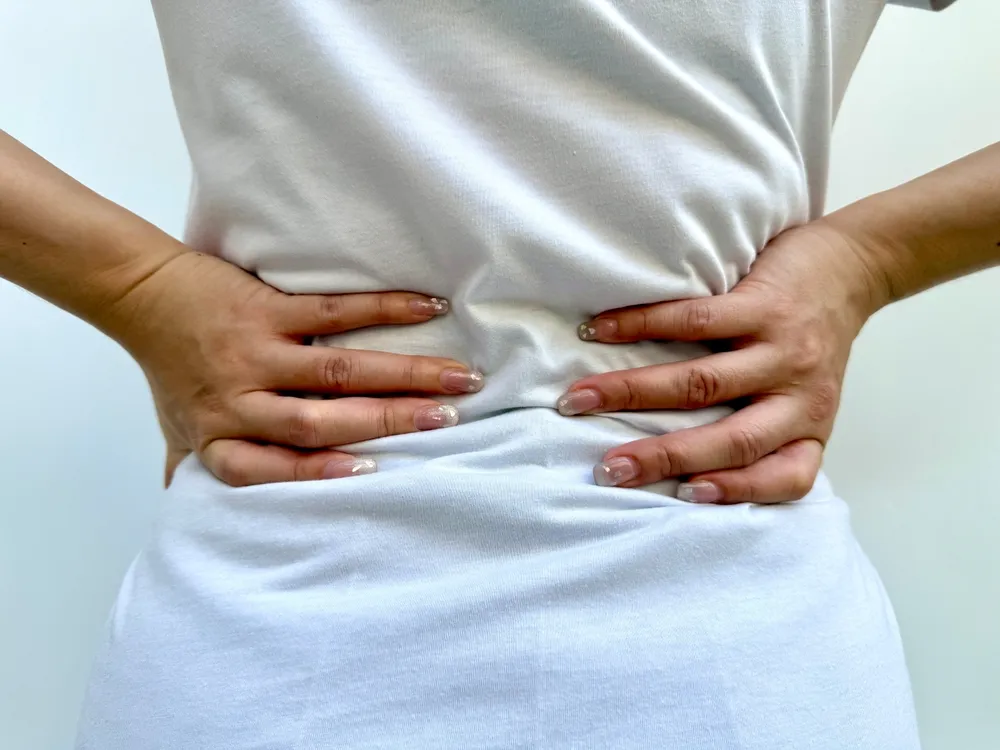For most of us, a hard, taxing workout usually calls for a complete day of rest and recovery afterwards. But while there’s nothing exactly wrong with spending the entire day afterwards lying down, you could improve the speed that your body heals and recovers with ‘active recovery’.
It sounds counter intuitive and goes against our common perspective of recovery, doesn’t it? But active recovery can help boost your recovery and reduce rest periods – helping you feel better and getting you back in the gym quicker! So what exactly is active recovery? And why is it so important?
In this article, we’ll answer all those questions and tell you how you can start doing active recovery today.
What is active recovery?
Active recovery is one of two types of recovery, the other being passive recovery. Unlike the zero physical activity of passive recovery, active recovery involves doing low-intensity movements or exercises to help speed up the recovery process.
The key is performing exercises that are active enough to increase blood flow and energise muscles while being gentle enough to prevent further stress and strain. It’s a fine line that many people get wrong.
For maximum effect, active recovery should be performed on days immediately after a hard strength workout or a long cardio session. It’s also a good idea to mix both active and passive recovery days during your rest periods to make sure you’re not over- (or under) doing it.
Why is it important to do active recovery?
Active recovery is beneficial to your body in two primary ways: increasing blood flow and circulation, and flushing out lactic acid and toxins.
Increasing blood flow and circulation
By promoting movement in your body, blood flow is increased which boosts the body’s ability to get nutrients and oxygen to different muscles. This is a key part of recovery and healing. The increased blood flow also improves flexibility, mobility and reduces the dreaded pain of DOMS.
Flushes out lactic acid
Lactic acid is a byproduct of hard exercise and gradually builds up in your muscles. Lactic acid contributes to muscles stiffness and soreness, all common sensations after exercise. Active recovery works to flush it out, preventing that next day soreness.
Types of active recovery
You know what it is and why you should do it. Now it’s time to discover what types of active recovery workouts you can do to help you recover quickly!
Yoga
Yoga is a fantastic way to promote movement in your muscles. This ancient yet popular practice lengthens and stretches muscles, and improves muscle flexibility and mobility. The poses and concentration associated with yoga also helps with breathing, meditation and overall mental wellbeing.
When selecting a yoga routine to do, make sure whatever you pick leans towards the gentle, easy side of things and is not too overly difficult. Some good routines for recovery include Vinyasa or Kripalu.
Swimming
Swimming is a good way to move your muscles without running the risk of pushing them too far. This is all thanks to the low-impact effect of water, which removes excessive stress on joints and muscles.
Some laps in your local swimming pool or a quick dip into the ocean is a great way to give your body the active recovery it needs. It’s also a great way to cool off as summer approaches!
Stretching
Stretching is a solid alternative for yoga. There are a ton of basic stretching routines that you can do to flex your sore muscles. Like yoga, make sure your chosen routine isn’t actually placing further stress on your body. You can opt to do some stretches the day after an intense workout but stretching post exercise can kickstart the recovery of your muscles immediately!
Low intensity cardio
Some low intensity cardio on your rest days can help promote fast recovery while preventing overly sore and painful muscles. Some examples of low intensity cardio you can do include:
- Walking
- Cycling
- Rowing
- Staircase machine
It’s important that no matter what exercise you pick you don’t overdo it. You shouldn’t be sweating bullets and gasping for air – a nice and easy cardio session is more than enough!
Light resistance strength training
This works in the same vein as low intensity cardio. Some light resistance training can benefit your body greatly. You can perform bodyweight exercises or use resistance bands to get your muscles moving.
Just keep the same rule of thumb in mind – no excessive sweating or excessive heart beating! You want to help your muscles heal and recover, not add on to their stress!
Myofascial release
Myofascial release is a type of physical therapy which reduces pain by promoting movement in trigger points along your body. Myofascial release is usually done by a physical therapist or massage therapist who knows exactly where to target for best results.
You can also opt to do it yourself with an electric massager or by foam rolling with a foam roller. These will target a larger area of your body but have similar pain-reducing results.
Want to recover quicker? Get moving!
The benefits of active recovery can’t be overstated and it should be a part of your personal recovery process. Having both a passive and an active recovery day will make sure your body is recovered in time for your next big marathon or workout.
Want more fitness related articles like this one on active recovery? Our blog over at the OSIM Wellness Hub has everything you need, from pain reduction to exercise recommendations. Head on over now to start living a more active lifestyle now!




